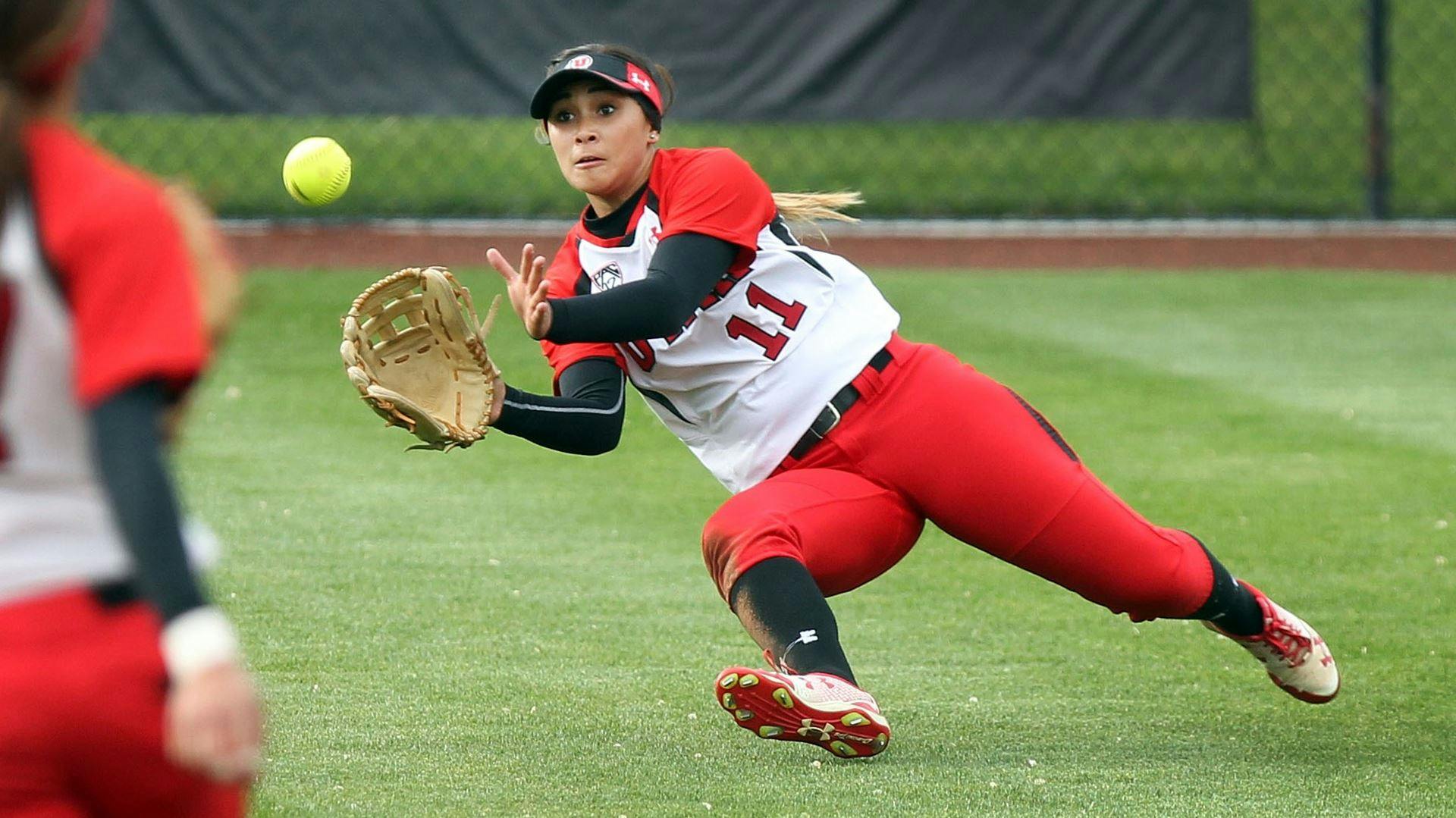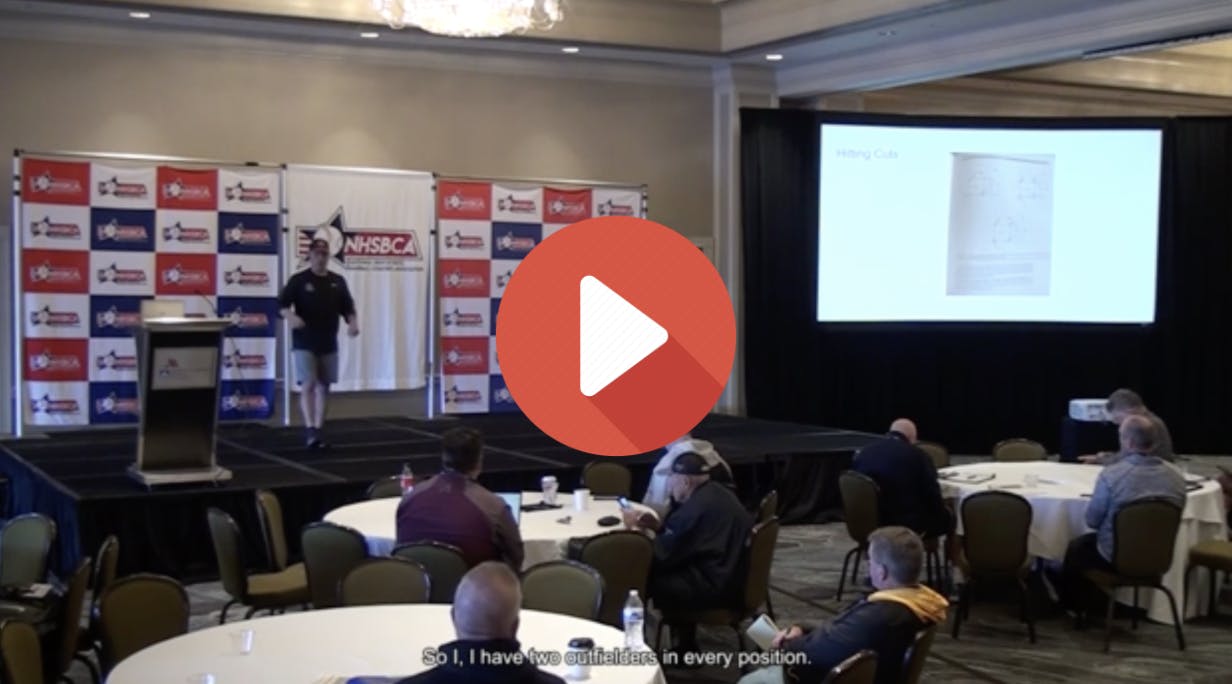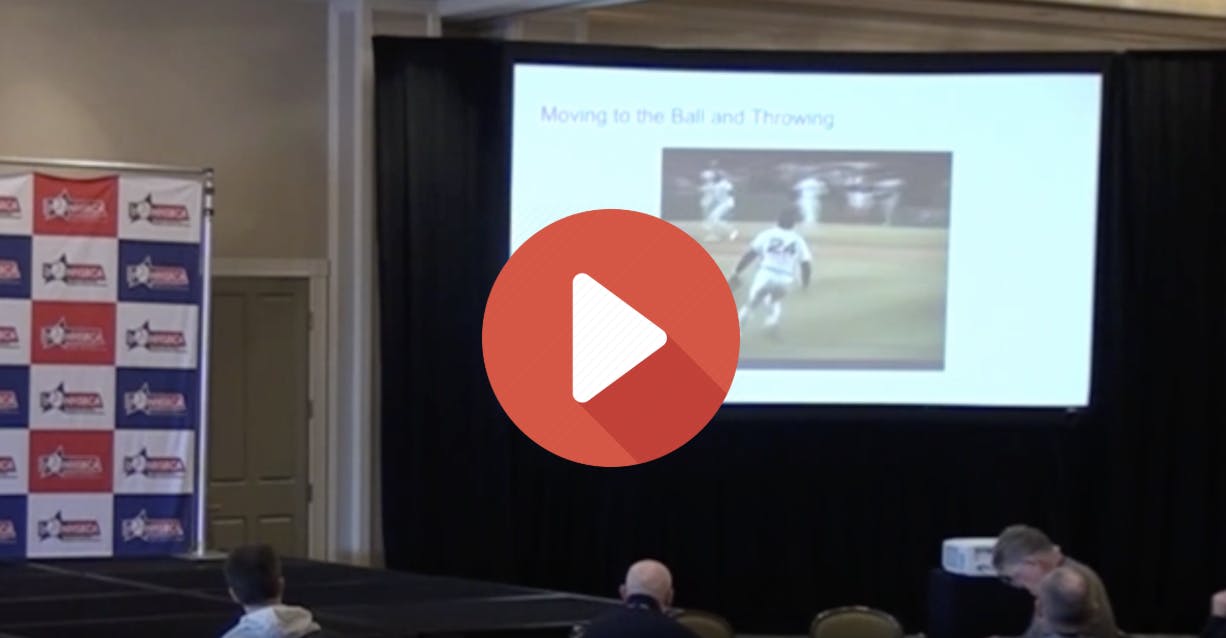Featured courses
- Understanding The Shift by Brandon Ogle
- Two Drills to Improve Outfield Movement and Communication by Grant Young
- The Ultimate Resource For Coaching Youth Baseball by Jackson Chlebowy
- Become a Master at Bunting by Brandon Ogle
- 5 Reasons Why There Is More To Good Base Running Than Just Speed by Brandon Ogle
- Three Injury-Prevention Tips For Your Offseason Pitching Program by Grant Young
- How to Teach Hitting to the Next Generation by Grant Young
- Developing Defensive-Minded Baseball Catchers by Grant Young
- 3 Baserunning Tips to Score More Runs in Baseball by Grant Young
- 5 Outfield Drills to Work on in Season by Alec Burris
- Keys For Scoring More With Runners on First and Third Base by Grant Young
- How to Develop Your Game to Become a Five-Tool Player by Brandon Ogle
- 3 Coaches Share the Keys to Running Baseball Practice the Right Way by Grant Young
- Four Drills to Sharpen a Baseball Hitter’s Vision at the Plate by Grant Young
- Four Quotes to Hit Better With Two-Strikes by Grant Young
- Four of Former MLB Pitcher Juan Nieves’ Movement-Based Pitching Drills by Grant Young
- Two Tips For Developing an Elite Baseball Bullpen by Grant Young
- Overcoming the Four Challenges of Indoor Baseball Practices Because of Weather by Grant Young
- Three Tips to Make Your Baseball Team Mentally Tougher by Grant Young
- Three Priceless Philosophies to Motivate Your Baseball Team by Grant Young
- Three Offseason Baseball Drills to Simulate Competition by Grant Young
- Three Baseball Offseason Strength and Conditioning Essentials by Grant Young
- Important Ways to Improve Your Baseball Team’s Baserunning by Grant Young
- Three Ways to Perfect Hitting Mechanics From an MLB Icon by Grant Young
- Catchers can influence pitchers...for bad or good by Drew Johnson
- Throwing Strikes and Playing Good Defense Equals Wins by Jose Ortiz
- Legendary Indiana Head Baseball Coach Bob Morgan’s Offensive Theory by Grant Young
- Tennessee Head Baseball Coach Tony Vitello on How to Practice Baserunning by Grant Young
- Three Great T-Ball Drills For Youth Baseball Players by Grant Young
- How to Manage a Baseball Pitching Staff by Grant Young
- Three Uncommon Tips to Become a Better Hitter by Grant Young
- How a Baseball Coach Can Develop Strike Throwers by Grant Young
- Drills to Develop Elite Baseball Outfielders by Grant Young
- Baseball Training Exercises to Strengthen Arm and Bat Speed by Grant Young
- How to Use Bunting to Score More Runs by Grant Young
- How To Build An Elite Baseball Infielder by Grant Young
- Three Drills to Improve Your Baseball Team's Infield Play by Grant Young
- Three Keys to Curating a Pitching Staff’s Success by Grant Young
- 3 Techniques to Develop a Baseball Player’s Hitting Approach by Grant Young
- How to Cultivate Confidence Within Your Pitchers by Grant Young
- 5 Every Day Drills To Help You Become A Better Catcher by tyler Linderman
- How to Throw A Curveball by Brandon Ogle
- How to Assemble a Lock-Down Bullpen by Brandon Ogle
- How to Throw a Sinker by Brandon Ogle
- How to be a Smart Baserunner by Brandon Ogle
- Improving a player's slugging average by Phillip Woolgar
- The 8 Fundamentals of Pitching by Drew Johnson
- How to Throw a Deceiving Changeup by Brandon Ogle
- Step Up Your Outfield Defense With These Three Drills by Jose Ortiz
- 8 Baseball Drills Every Player Should Practice by Drew Johnson
- How To Become An Elite Defensive Outfielder by Tyler Linderman
- 5 Tips For Crushing A Curveball by Johnny Grassi
- LEGENDS FOR YOUTH INCLUSION BASEBALL CLINIC by Phil
- Fourteen Ways To Turn A .300 Hitter Into A .210 Hitter by Jay P. Granat, Ph.D.
- How To Become The Ideal Leadoff Man by Brandon Ogle

Two Drills to Improve Outfield Movement and Communication
- By Grant Young
While it may seem that playing in the outfield is one of the most relaxed positions in baseball, coaches know the truth is that the outfield demands a high level of communication, precise movement, and acute awareness. This is why outfield drills are so important.
One of the main challenges for outfielders is the need to effectively communicate with each other. In many situations, multiple outfielders can converge on a fly ball, and without clear communication, collisions can occur. This risk not only poses a danger to the players involved but can also lead to missed plays that could change the outcome of a game.
Establishing a system of verbal and non-verbal cues is essential for ensuring that each player knows who is responsible for making the catch. Drills that focus on improving vocal communication and instilling confidence in one another can transform a group of individuals into a cohesive unit.
Additionally, the movement required in the outfield is far from straightforward. It involves not only running but also quick direction changes, timing jumps for catches, and assessing batted balls’ trajectories. Outfielders need to have a keen sense of positioning, understanding the hitters’ tendencies, and knowing when to take aggressive routes to the ball.
Practicing shifts, angles, and the art of the jump can give a team a significant advantage. Drills designed to simulate different game scenarios can help players develop these critical skills, allowing them to react instinctively during actual games.
By implementing targeted drills that enhance these skills, teams can minimize the risk of errors and elevate their overall performance, turning what is perceived as an easy position into one of the greatest strengths of the team.
While there are plenty of effective outfield drills out there, few focus on developing the communication and movement patterns necessary to ensure safety and success for players of all ages and skill levels. But coach Todd Dulin, Head Coach at North Andover High School (Massachusetts), provides an in-depth, structured approach to mastering defensive excellence in baseball, specifically in the outfield with his ‘Outfield Play with Todd Dulin’ clinic.
Whether you're an aspiring outfielder or a coach seeking expert drills and strategies, this course provides the knowledge and structure to elevate defensive skills and build a championship-caliber mentality.
We have pulled two drills from Coach Dulin’s clinic and included them below.
The Rhythm Drill

One of Coach Dulin’s drills is called the Rhythm Drill, a fundamental exercise to develop smooth, controlled, and accurate outfield throws while preserving arm strength.
The movement and footwork involved in fielding a grounder in the outfield and then executing a strong and accurate throw to a specific base may sound easy, but coaches know that it can often be much more difficult than initially conceived.
This is why this simple rhythm drill is perfect, which starts with a coach having a bucket of balls, a fungo, and standing at home plate. The players will line up in two lines in the outfield, and the coach will just hit balls to each line.
Each player will then take turns fielding the ground ball while ensuring they remain on the balls of their feet so they don’t get off balance. From there, they will stay in an athletic stance, execute a crop hop, and deliver a throw to the assigned base, which will have a screen behind it.
By repeating this drill with a steady rhythm, outfielders enhance their throwing mechanics, reinforce good habits, and prepare for game-like situations with precision and efficiency.
Another way to improve this drill is by hitting the ball between the two lines and forcing them to communicate on who is going to field the ball and which base they should throw to.
The Sprinkler Drill

The next drill that Coach Dulin discusses in his clinic is what he calls the sprinker drill, which is a dynamic outfield exercise designed to improve tracking, catching on the move, and communication.
The drill begins with all the outfielders along the right field like, and the coach has a bucket and a fungo. The player who’s first in line will then start jogging across the outfield while fielding multiple fly balls, progressively moving toward left field with each ball hit.
A great way to enhance communication with this drill is to make two different lines and hit the ball either between them or behind them, so that they have to run near the fence. This will force the two players in line to communicate about who is catching the ball and where the ball is while also tracking down the fly ball.
This drill is especially effective early in the season, when players haven’t learned each other’s communication preferences and are still acclimating to tracking balls down on the fly.
This drill is also fun and engaging, while also working as a conditioning exercise because of all the running that players will need to do.



